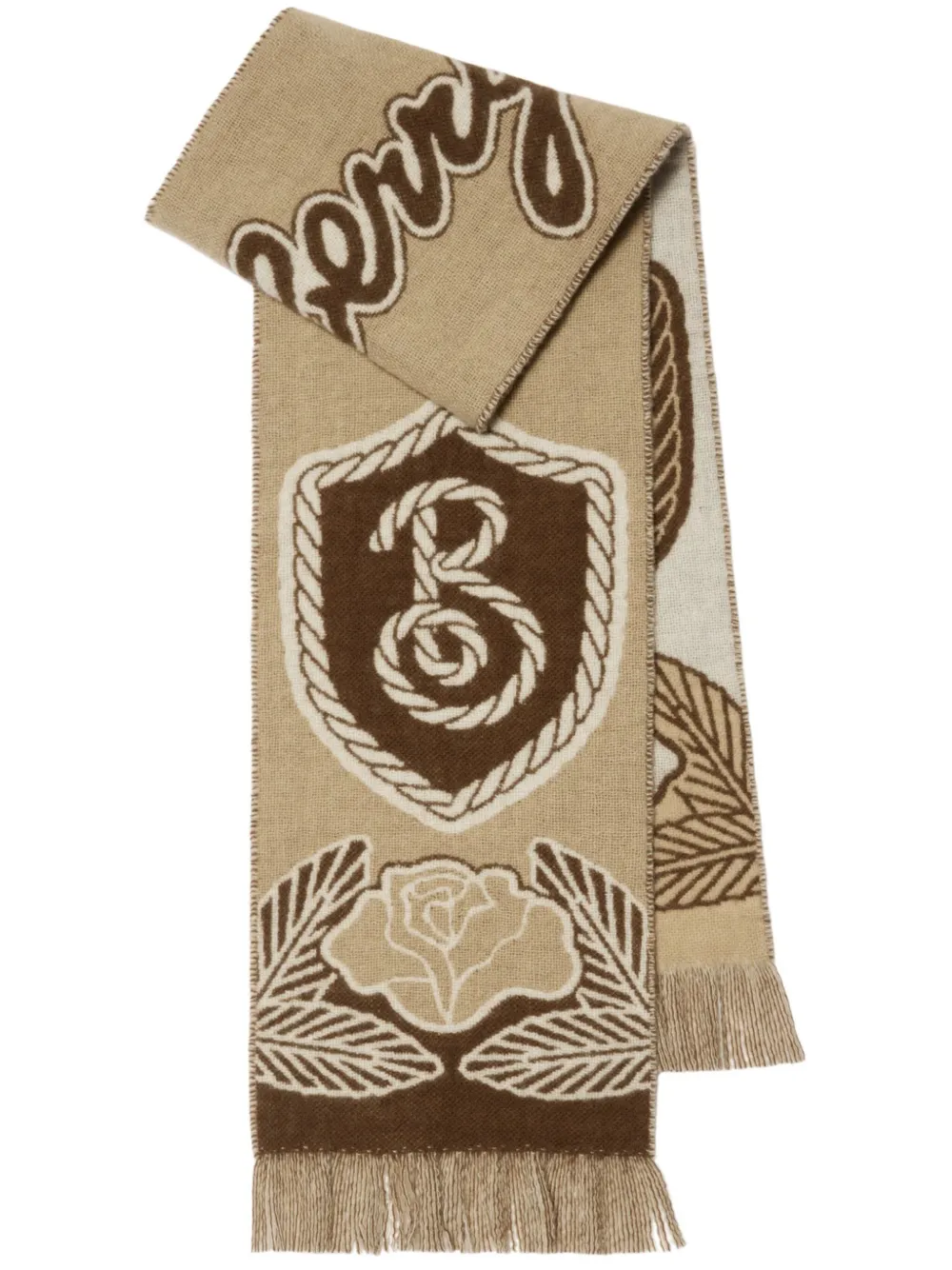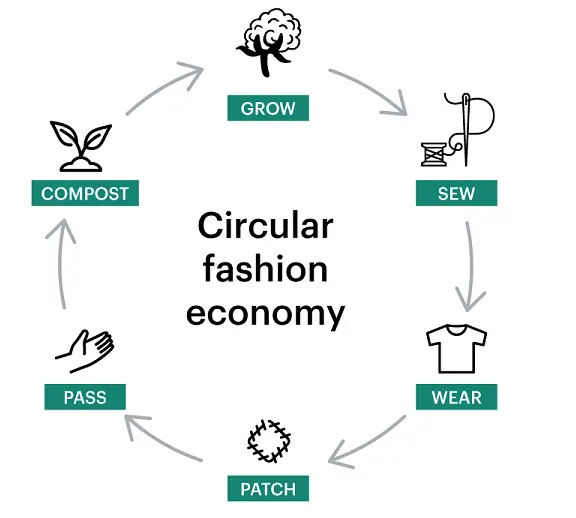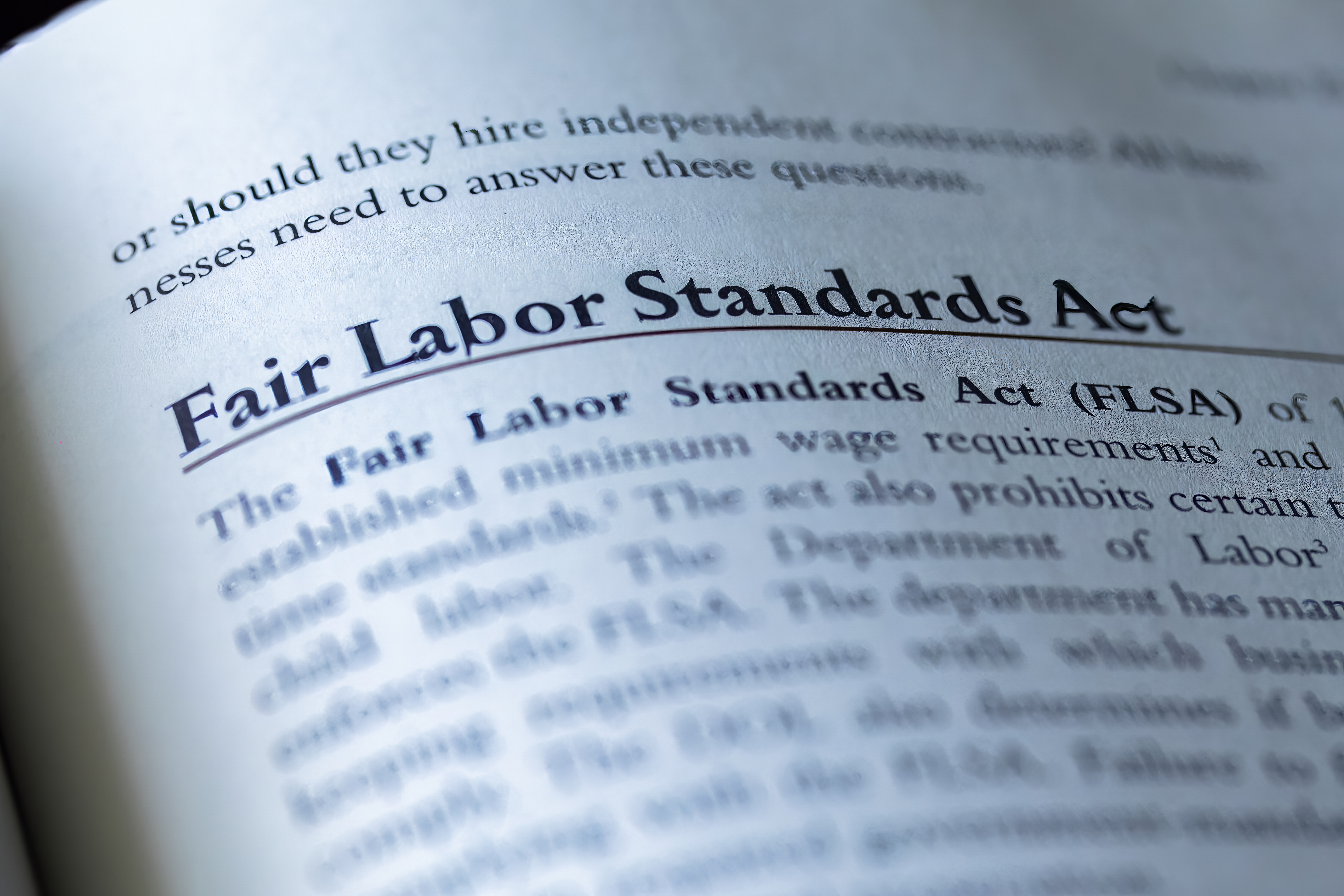The luxury fashion industry is undergoing a significant transformation towards sustainability, driven by consumer demand, regulatory changes, and a commitment to environmental and social responsibility. Several key trends are shaping this evolution, each addressing specific challenges and opportunities within the sector.
Adoption of Next-Generation Sustainable Materials

Luxury brands are increasingly investing in innovative materials that minimize environmental impact. For example, Burberry’s ‘B Shield Scarf’ incorporates 30% Brewed Protein, a lab-grown fiber developed by Spiber, showcasing a blend of biotechnology and traditional craftsmanship. This approach not only reduces reliance on traditional animal-based materials but also aligns with consumer preferences for cruelty-free and sustainable products.
Emphasis on Circular Fashion and Regenerative Practices

The industry is moving beyond traditional sustainability towards circularity and regeneration. This involves creating closed-loop systems where materials are reused and repurposed, and adopting regenerative practices that restore ecosystems. Brands are exploring innovative upcycling initiatives, garment rental platforms, and technologies that break down textiles into new fibers, aiming to reduce waste and promote a more sustainable fashion cycle.
Increased Transparency and Accountability
In response to consumer demand and regulatory scrutiny, brands are enhancing transparency regarding their environmental claims and supply chain practices. This shift aims to build consumer trust and ensure compliance with emerging sustainability standards. Brands are focusing on substantiating their environmental claims and developing standardized industry definitions for environmental terms, aiding in consumer and industry understanding and trust.
Integration of Technology in Sustainable Fashion

The fusion of technology and fashion is revolutionizing the luxury sector. Innovations such as digital identities for garments, as seen with Gabriela Hearst’s collections, provide consumers with detailed information on a product’s origin, materials, and carbon footprint, promoting informed purchasing decisions. This technological integration enhances transparency and allows consumers to make choices aligned with their values.
Rise of Vegan and Plant-Based Alternatives

There is a growing trend towards vegan and plant-based materials in luxury fashion. Brands are exploring alternatives to animal-derived materials, aligning with ethical considerations and catering to a more conscious consumer base. However, the resurgence of animal-based products and shifting consumer trends present challenges, requiring brands to balance innovation with consumer preferences.
Focus on Ethical Labor Practices

Sustainable luxury fashion encompasses not only environmental concerns but also social responsibility. Brands are increasingly addressing ethical labor practices, ensuring fair wages and safe working conditions throughout their supply chains. Increased legislation and activism among garment workers and labor advocates are leading to a greater emphasis on transparency within the fashion industry.
Personalized and Made-to-Order Fashion
To minimize waste, luxury brands are offering personalized and made-to-order services. This approach reduces overproduction and allows consumers to invest in unique, high-quality pieces that reflect their personal style. By focusing on craftsmanship and durability, brands align with the slow fashion movement, emphasizing quality over quantity.
Commitment to Carbon Neutrality

Leading luxury brands are setting ambitious goals to achieve carbon neutrality. This involves reducing greenhouse gas emissions across their operations and investing in renewable energy and carbon offset projects. For instance, Prada has announced plans to donate a percentage of sales revenues from its Re-Nylon collections to support ocean preservation, reflecting a commitment to environmental sustainability.
Embracing Slow Fashion

The slow fashion movement emphasizes quality over quantity, encouraging consumers to invest in timeless pieces that transcend seasonal trends. Luxury brands are adopting this philosophy, focusing on craftsmanship and durability. This approach aligns with consumer desires for sustainable and ethically produced fashion, promoting a more thoughtful consumption pattern.
Collaboration and Industry Partnerships
Achieving sustainability goals often requires collaboration. Luxury brands are partnering with innovators, NGOs, and even competitors to share knowledge, resources, and develop industry-wide solutions to environmental challenges. These partnerships facilitate the scaling of sustainable practices and drive collective progress towards a more sustainable fashion industry.
In conclusion, the future of sustainable luxury fashion is characterized by innovation, transparency, and a holistic approach to environmental and social responsibility. By embracing these trends, the industry is paving the way for a more sustainable and ethical future.

